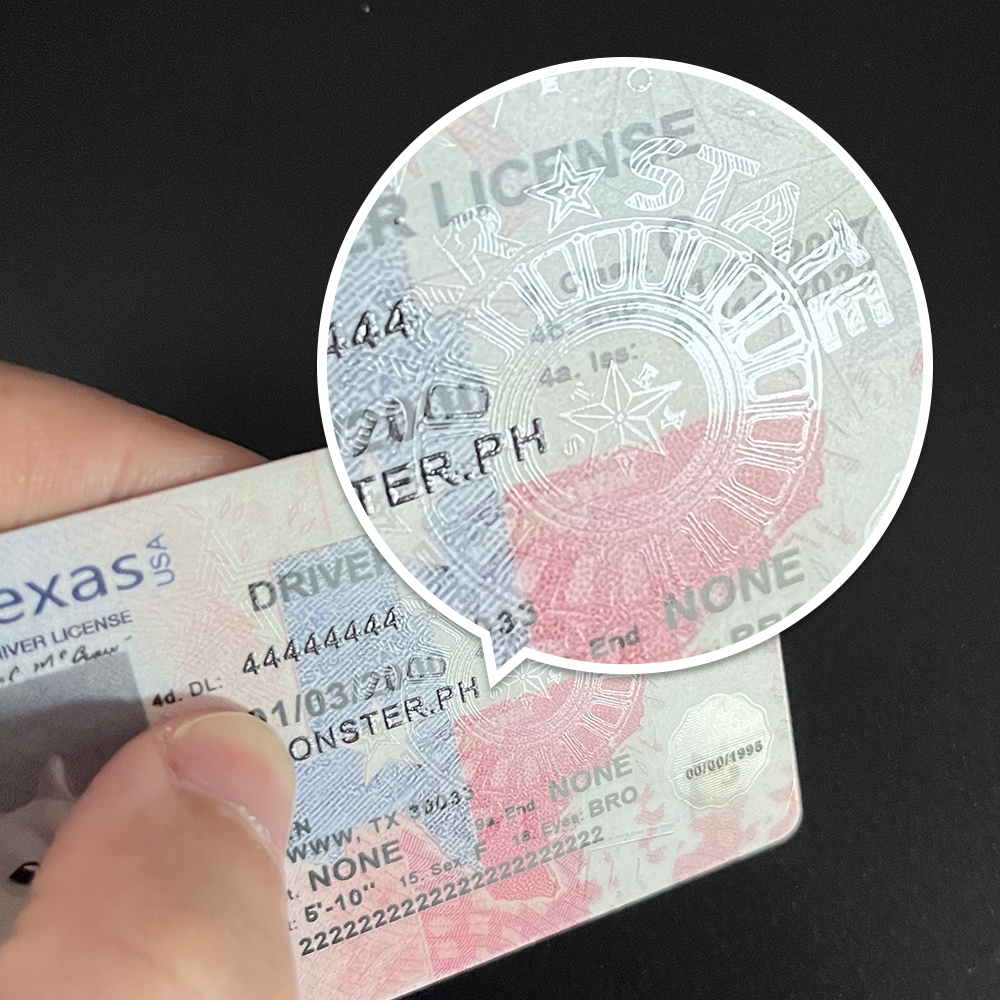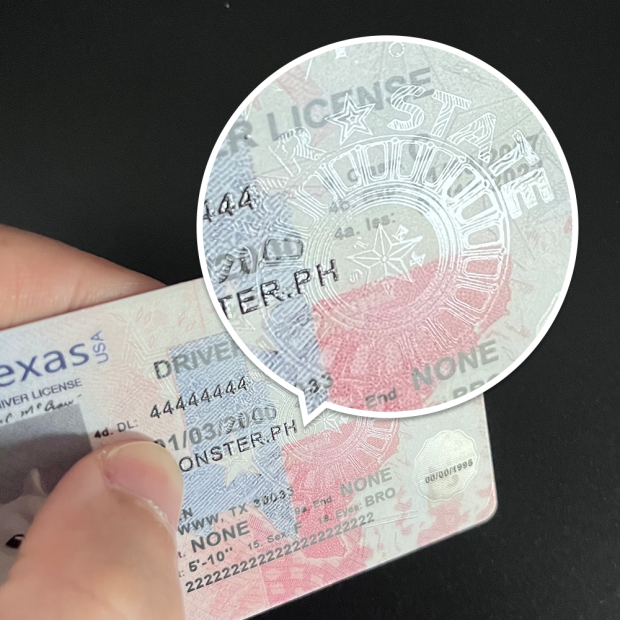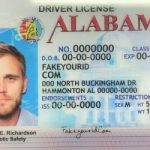Identity confirmation in educational settings serves as a cornerstone for maintaining program trustworthiness, student safety, and regulatory alignment. For barber colleges, this process gains extra weight due to the industry’s close ties with state licensing boards and the need to prepare students for professional practice. Among the key elements in this framework is the Real ID, a federal standard that influences how institutions verify student identities. This article delves into how barber colleges handle student verification under Real ID rules, exploring practical steps, challenges, and strategies to ensure smooth operations.
Understanding Real ID: A Federal Identification Benchmark
Enacted through the 2005 REAL ID Act, Real ID is a federal regulation that sets security and documentation criteria for state-issued driver’s licenses and identification cards. Its main goal is to create more reliable forms of identification to fight fraud and enhance national security. Starting from May 7, 2025, a Real ID-compliant license or ID will be necessary to access federal buildings, board domestic flights, or enter nuclear power plants. However, its influence goes beyond just government use—it also affects educational institutions that need to confirm student identities.

To get a Real ID, individuals must present specific documents: proof of identity (such as a birth certificate or passport), a Social Security number, two proofs of residential address, and evidence of legal presence in the U.S. These strict requirements make Real ID a reliable way to confirm someone’s identity, which is why barber colleges often use its standards as a reference when verifying students.
Why Barber Colleges Focus on Student Verification
Barber colleges are more than just places of learning; they act as bridges between education and professional licensure. Before students can take state board exams or work in salons, their identities must be clearly confirmed. Here’s why verification is crucial:
- Preventing Fraud: Ensuring that students are who they claim to be stops unauthorized people from getting educational benefits, using college resources, or taking exams meant for others.
- Supporting Licensing Processes: State barber boards need accurate student records to issue licenses. Any errors in identity details can delay or stop the licensing process.
- Maintaining Program Quality: Verified enrollment data helps colleges track student progress, allocate resources correctly, and meet accreditation standards.
How Barber Colleges Carry Out Student Verification Under Real ID
Barber colleges use a mix of document checks, technology, and collaboration to meet Real ID-like verification standards. Here’s a detailed look at their methods:
1. Initial Enrollment Checks
When students apply, colleges ask for primary and secondary identity documents. Primary documents may include a valid passport, birth certificate, or Real ID-compliant driver’s license. Secondary documents could be a Social Security card, utility bills, or lease agreements. Staff members check these documents for signs of tampering, like mismatched dates, unclear seals, or altered information. For international students, colleges may need additional documents, such as an I-20 form or a visa, and they might work with agencies that verify foreign credentials.

2. Digital Verification Tools
Many barber colleges now use digital tools to improve verification accuracy. These tools can scan IDs to check for security features (like holograms or microprinting), cross-reference information with national databases, or use biometric data (such as facial recognition) for added security. Cloud-based systems let staff store verified documents securely, making it easy to access them when needed for audits or licensing applications.
3. Ongoing Identity Checks
Verification isn’t a one-time thing. If students take a break from their studies, change their legal name, or need to retake exams, colleges may require them to confirm their identity again. For example, a student returning after a year off might need to show a new government ID or a recent utility bill to update their records.
4. Cooperation with State Licensing Boards
Barber colleges often share verified student data with state licensing boards. This direct link ensures that when students apply for exams, their identities and enrollment statuses are already confirmed, reducing delays. Some states even have online portals where colleges can submit verification details electronically, making the process faster.

Common Problems in Student Verification and Solutions
Even with clear standards, barber colleges face challenges in verifying student identities. Below are five common issues and practical ways to solve them:
Problem 1: Students Don’t Have Required Documents
Some students may not have a birth certificate or passport, especially if they’re from low-income backgrounds or have faced document loss. This can stop them from enrolling.
Solution: Colleges should guide students on how to get replacement documents. For example, they can tell students to contact their state’s vital records office for a birth certificate or help them apply for a passport. If allowed by state rules, colleges can accept alternative documents, like a voter registration card or a military ID, as long as they can confirm the student’s identity through other means.
Problem 2: International Students with Non-U.S. Documents
International students may present documents that aren’t commonly recognized in the U.S., such as foreign birth certificates or national IDs. Staff may not know how to check their authenticity.
Solution: Colleges can partner with organizations that verify foreign documents, like the American Association of Collegiate Registrars and Admissions Officers (AACRAO). They can also train staff to recognize security features of common international IDs, such as watermarks in Canadian passports or holograms in EU IDs. Using certified translation services for non-English documents can also make verification easier.
Problem 3: Slow Verification Due to Manual Work
Small barber colleges may still use paper-based systems, which can cause delays in checking documents and lead to errors.
Solution: Investing in digital verification tools, like ID scanning software or online portals for document submission, can speed up the process. These tools can automatically flag suspicious documents and store verified data in a secure database, reducing the need for manual work. Training staff on how to use these tools properly is also important to make the workflow more efficient.
Problem 4: Privacy Risks with Sensitive Data
Storing student documents, such as Social Security numbers or birth certificates, can put personal information at risk of being leaked or stolen.
Solution: Colleges should use encrypted databases and limit access to student records to only authorized staff. They should also follow privacy laws like the Family Educational Rights and Privacy Act (FERPA) and state data protection laws. Regular security audits and staff training on data protection can reduce the risk of breaches.
Problem 5: Confusion About State-Specific Rules
Real ID rules can vary by state, and barber colleges that operate in multiple states may find it hard to keep up with changing requirements.
Solution: Colleges should set up a compliance team or assign a staff member to monitor state and federal updates. They can create checklists and FAQs on their websites to inform students and staff about the latest requirements. Hosting workshops with state licensing board representatives can also clarify any confusion.


